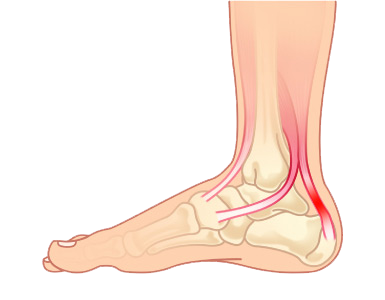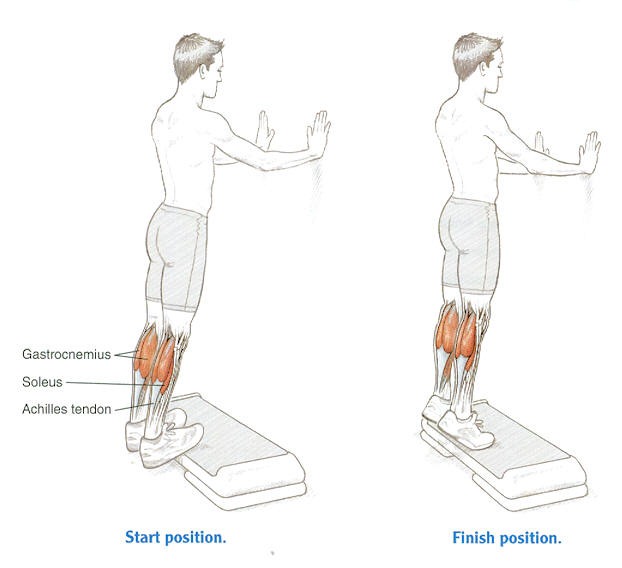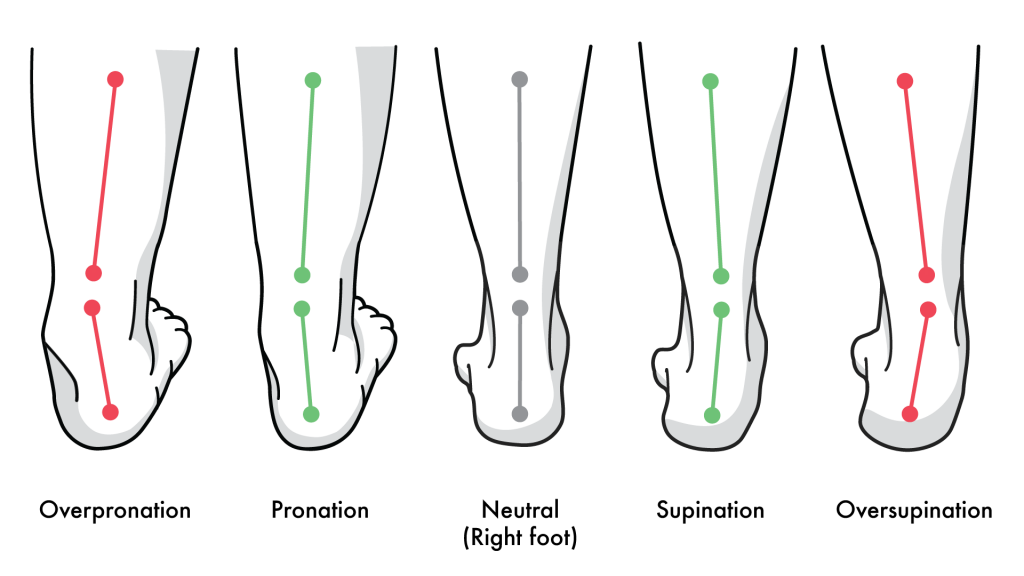Reduce the Risk of Achilles Tendinitis
 Do you suffer from aching or sharp pain in the back of your heel? Swelling and redness? You may have Achilles tendinitis.
Do you suffer from aching or sharp pain in the back of your heel? Swelling and redness? You may have Achilles tendinitis.
Various conditions can affect the Achilles tendon to cause pain, swelling and weakness, and this falls under the umbrella term of ‘Achilles tendinopathy’. However, the term ‘Achilles tendonitis’, or ‘tendinitis’, is used more often, even though it refers specifically to the acute inflammatory condition of the Achilles tendon.
In this article, we will discuss general prevention strategies and treatment options for Achilles tendinitis. These same treatment options can also help prevent Achilles tendinopathy as a whole.
READ MORE: 5 Most Common Running Injuries
What is the Achilles Tendon?
The Achilles tendon attaches several important muscles to the calcaneus, such as the gastrocnemius, soleus and plantaris muscles.
These are necessary for walking, running and jumping. Needless to say, the Achilles tendon goes through constant repetitive movements which may increase the risk of tendinitis. It does affect both the active and sedentary, however, and can be caused by natural biomechanics, injury, activity level, and footwear.
It is quite often that Achilles tendinitis is an overuse injury. That said, prevention is key! Below are some to prevent Achilles tendinitis:
Strengthening and Stretching Exercises For Achilles Tendinitis

When you’re stronger, you’re less likely to injure yourself, and your muscles can withstand the forces you have to place on them during your daily or sports.
Eccentric exercises load the muscle while it is lengthening, which increases the load on the muscle to improve the strength. In this case, eccentric calf raises have often been suggested to strengthen the Achilles tendon and the calf complex. Start with your toes up on a step, and slowly lower yourself down.
Do three sets of 15 repetitions, once to twice a day. If it gets easy, you can hold weights, or put weights in a backpack. Physiotherapy or personal training can also help with providing individualized strengthening programs suited to your needs and goals.
READ MORE: How To Strengthen & Stretch Calf Muscles
Custom Orthotics/Insoles
Your natural feet structure and biomechanics can result in extra strain on the Achilles tendon as well. The Achilles tendon bows when the feet are both pronated or supinated, which are foot positions typically seen in low and high arched feet respectively; this can increase excess strain over time.

Having insoles or custom orthotics can help to correct that to improve the alignment of the lower limbs.
READ MORE: Top 3 signs you might need orthotics.
Footwear
Shoes are the main protection between us and the ground that we walk on, which is often hard cement or pavement. It would make sense that footwear with good cushioning and strength can reduce the impact forces building back up the legs and body, and to prevent any extra shifting of movement of the ankles and feet that may increase the workload of the Achilles tendon.
Especially if you do consider insoles or custom orthotics, they have to go hand in hand with a good pair of shoes as the orthotics have to be placed in the shoes.
Having inadequate footwear can have a toll on your body in the long run, as worn out or weak shoes do not provide enough protection for your feet – this is especially important if you work in an environment that requires extended standing or walking. If you can easily twist your shoe like the one below, chuck it!
READ MORE: What is a Kintec-Approved Shoe?
For further information on how to protect your feet and yourself, feel free to phone us or visit your nearest Kintec location.
Mei Poon, C.Ped (C)
Kintec Pedorthist
Sorry, the comment form is closed at this time.